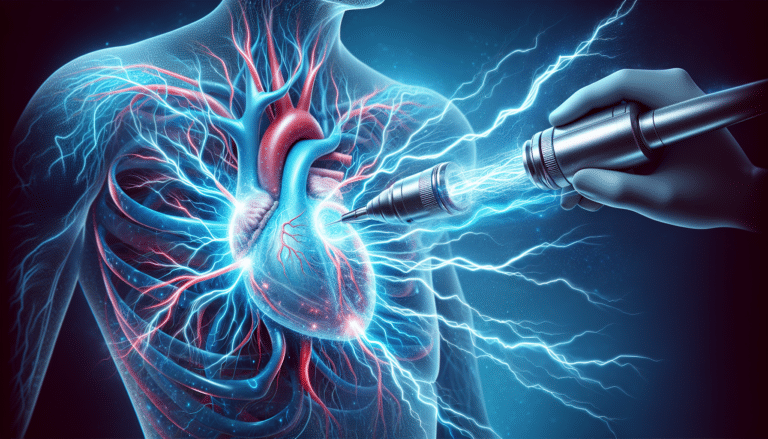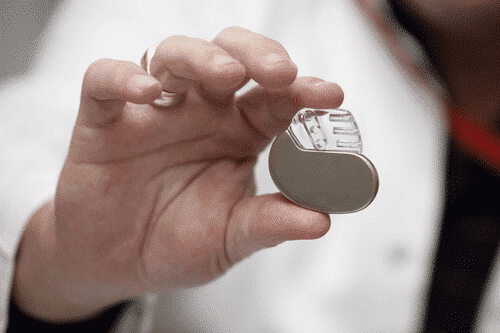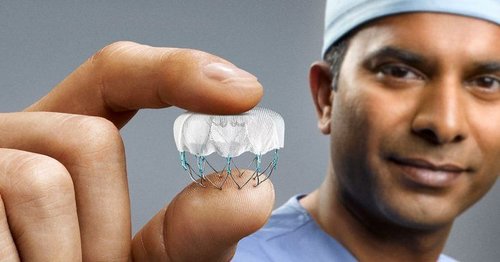Managing AFib After Ablation: Strategies for Recurrence Prevention and Control
Explore effective methods to manage atrial fibrillation (AFib) post-ablation procedure. Gain insights into the likelihood of recurrence and acquire valuable prevention strategies to proactively safeguard your heart health and maintain optimal well-being throughout your wellness journey.










